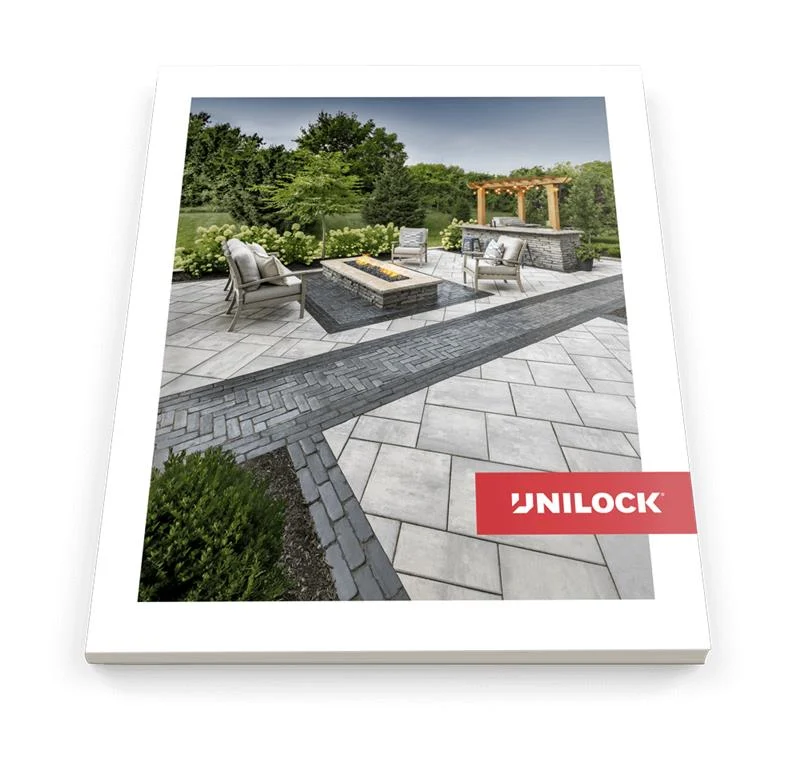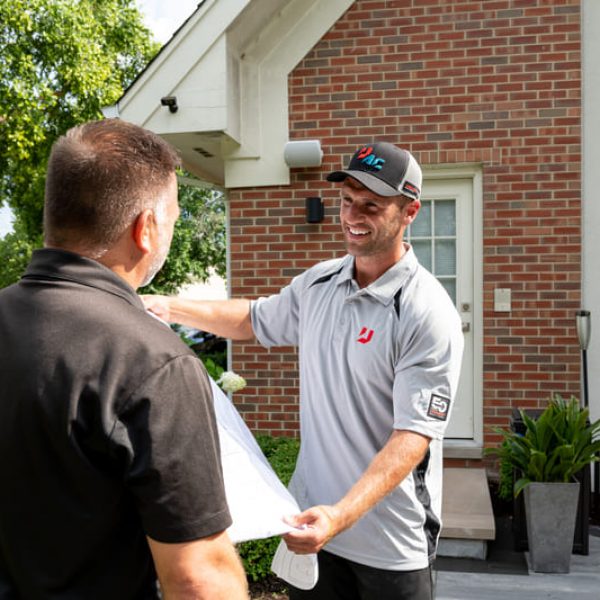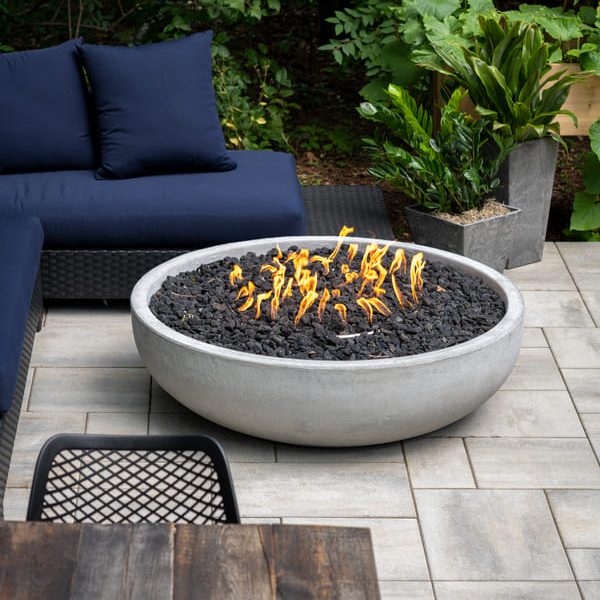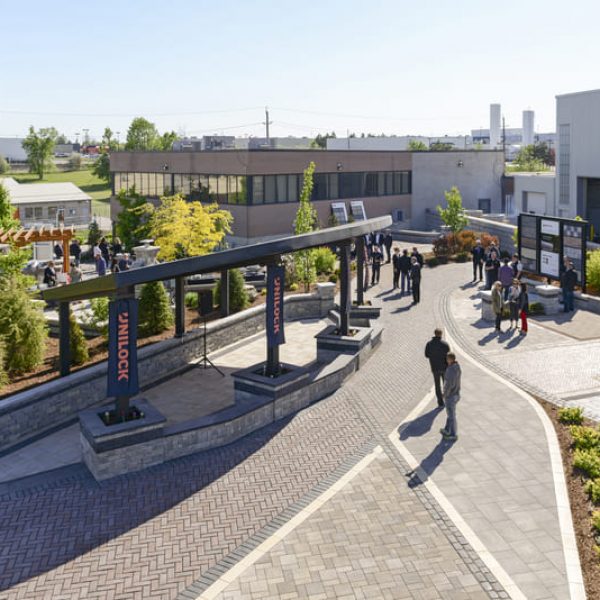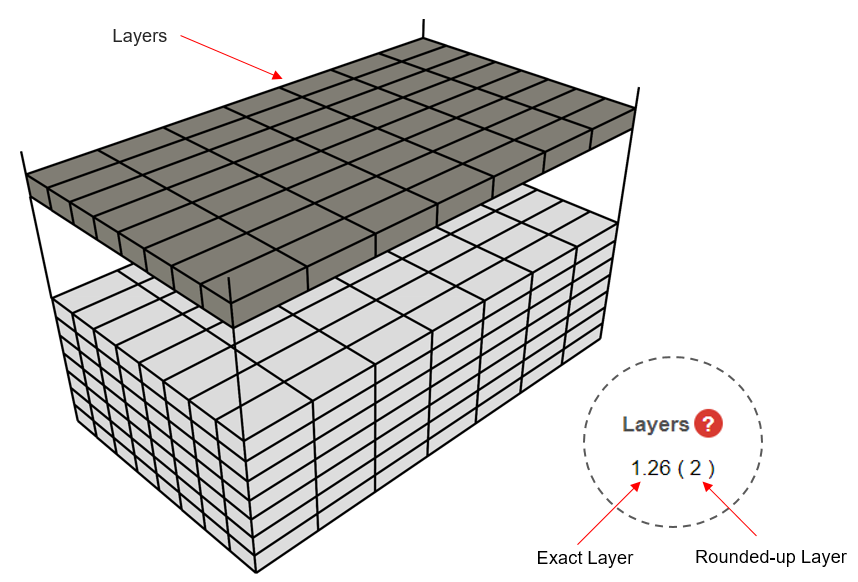
Nothing makes your backyard landscape look more finished or more inviting than a fire pit. It’s an addition that can turn evenings into a star-gazing get-together for the family. From roasting s’mores to providing an intimate and warm area for pool parties or other forms of entertainment, a fire pit offers you the perfect outdoor accessory.
But how do you choose a fire pit area that fits in with the existing patio pavers of your Kitchener, ON, home? Armed with a few simple tips you won’t have a problem developing a design that blends your fire pit with your existing patio areas or outdoor aesthetic.
The Materials
The natural appearance and extreme durability of Unilock wall units make them ideal for the construction of a safe and attractive fire pit. These are designed to protect your guests and your home, while adding beauty to your landscape. Unilock has a wide range of suitable vertical units with a full range of colors and tones to help you achieve the perfect match for your property, whether or not your patio includes Unilock pavers.
How to Match The Fire Pit Pavers to Existing Patio Pavers
If you have an existing patio, that has been constructed long before your decision to add a fire pit, matching the fire pit to the patio surface may seem impossible. However, there is more than one way of achieving a cohesive look. You can either match the color and texture of your patio exactly, choose complementary colors, or contrast the patio pavers in order to create a high degree of visual interest. Finding a precise match can be tricky, especially if your patio consists of natural stone that may have faded over time. It’s not impossible, but it may not result in the highest degree of aesthetic interest.
The latter two options are preferable in highlighting the fire feature and adding flair to your patio. Rather than going for an exact match, you may wish to aim for a vertical unit that contains undertones of the color that is most predominant in your patio pavers. Lineo Dimensional Stone in the Sierra color option, for example, can highlight either dark browns or deep charcoals present in your patio, because of its subtly blended varied surface.
Complementary Colors
Finding complementary colors is as simple as finding the predominant color of your patio pavers on a color wheel. From that point, divide the color wheel into three – the colors at those points are complementary. One excellent example of this is the combination of Brussels Block or Brussels Dimensional Stone in Sandstone, Copthorne in Burgundy Red and a deep charcoal/grey such as Brussels Dimensional Stone in Midnight Charcoal or the Basalt color option of Courtstone pavers. These three work colors perfectly together in creating a three-tone patio design.
If you have a swimming pool, you can complement the turquoise of the water with a combination of brick reds and sandstone golds. A good example of this would be Town Hall pavers in Burgundy Red matched with Brussels Dimensional Stone in Sandstone.
